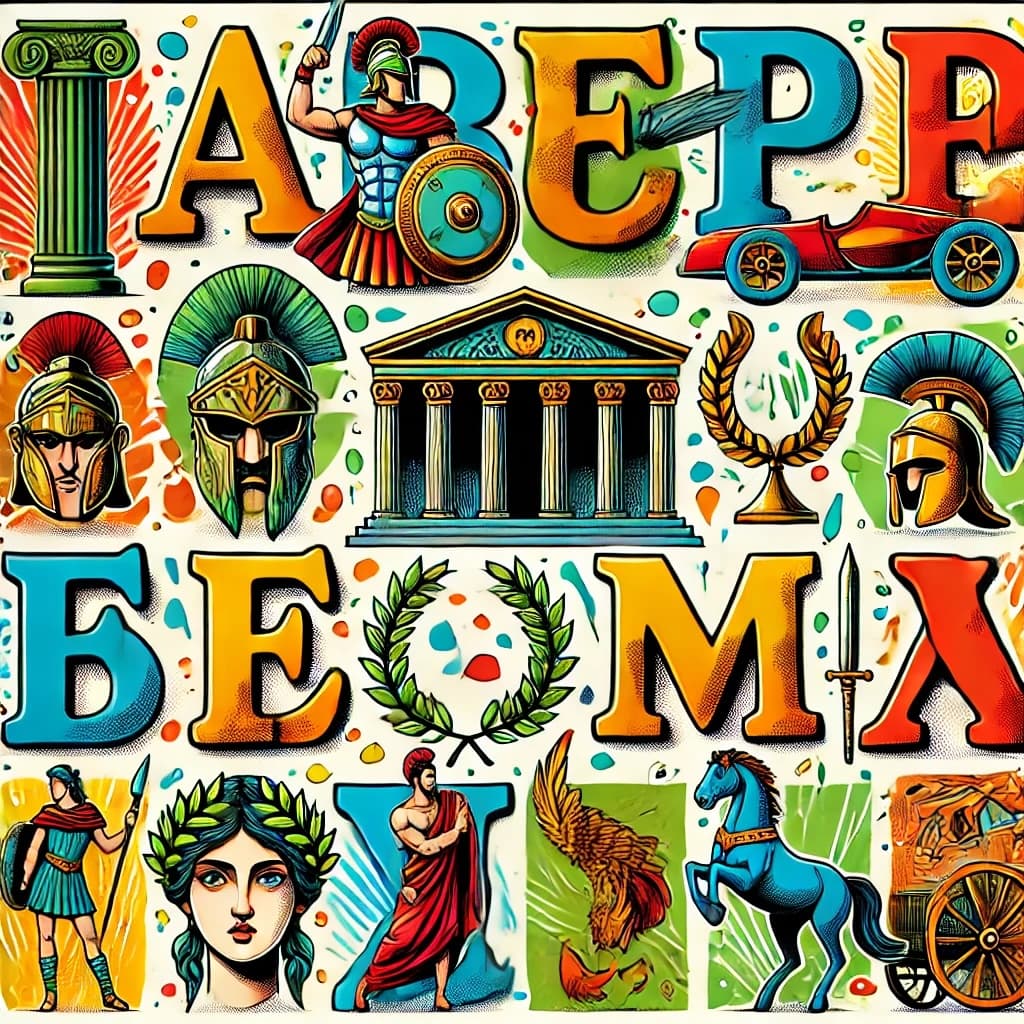History of the Roman Alphabet

The Roman alphabet, also known as the Latin alphabet, is one of the most influential writing systems in the world. It forms the basis of many modern alphabets, including those used in English, Spanish, French, and many other languages. The journey of the Roman alphabet is a fascinating tale of adaptation and evolution, rooted in ancient civilizations.
Origins of the Roman Alphabet
The Roman alphabet traces its origins back to the ancient Phoenicians, a maritime civilization known for their innovative writing system. Here s how it evolved:
- Phoenician Alphabet (c. 1050 BCE): The Phoenician writing system was one of the first alphabets, containing symbols that represented consonant sounds. It was simple and efficient, making it easily adaptable by neighboring cultures.
- Greek Influence (c. 800 BCE): The Greeks adopted and modified the Phoenician alphabet, adding vowels to create a more versatile system. They influenced the Etruscans, an ancient Italian civilization.
- Etruscan Adaptation (c. 700 BCE): The Etruscans, living in what is now modern-day Italy, adapted the Greek alphabet for their own language. This version would later inspire the Romans.
- Roman Development (c. 600 BCE): The Romans adopted the Etruscan alphabet and began shaping it into the system we recognize today. Early Roman writing was heavily influenced by Etruscan scripts but gradually evolved to reflect the Latin language.
Features of the Roman Alphabet
The early Roman alphabet consisted of only 21 letters:A, B, C, D, E, F, G, H, I, K, L, M, N, O, P, Q, R, S, T, V, X
Key Developments:
- No J, U, W: The letters J, U, and W were later additions, introduced during the Middle Ages. The I served as both a vowel and a consonant, as did the V.
- Simplification: The Romans streamlined their alphabet for practical use in administration, law, and literature. They abandoned some symbols inherited from the Etruscans.
- Carved In Stone: Roman inscriptions were often carved in stone, influencing the elegant and geometric shapes of the letters.
Expansion and Legacy
The Roman Empire played a crucial role in spreading the Latin alphabet across Europe. As the empire expanded, so did the use of Latin and its writing system. After the fall of the Roman Empire, the alphabet underwent several modifications:
- Medieval Additions: Letters like J, U, and W were introduced to address linguistic changes.
- Printing Press: The invention of the printing press in the 15th century standardized the alphabet as we know it today.
Conclusion
The Roman alphabet’s journey from ancient Phoenicia to its modern form is a testament to its adaptability and utility. Its impact is unparalleled, shaping communication, culture, and history for centuries. As one of the greatest legacies of the Roman Empire, the alphabet remains a vital tool for connecting the past to the present.